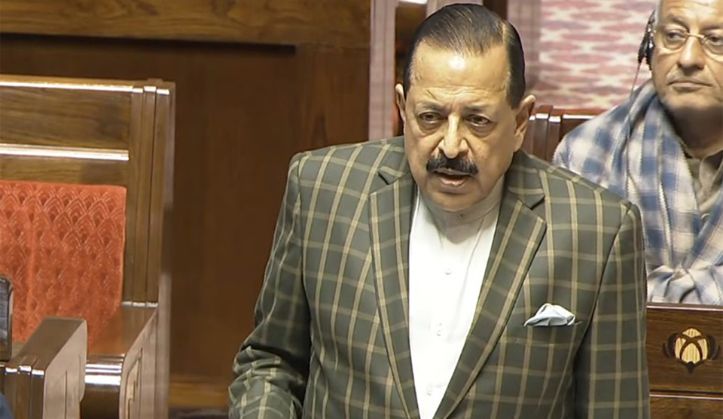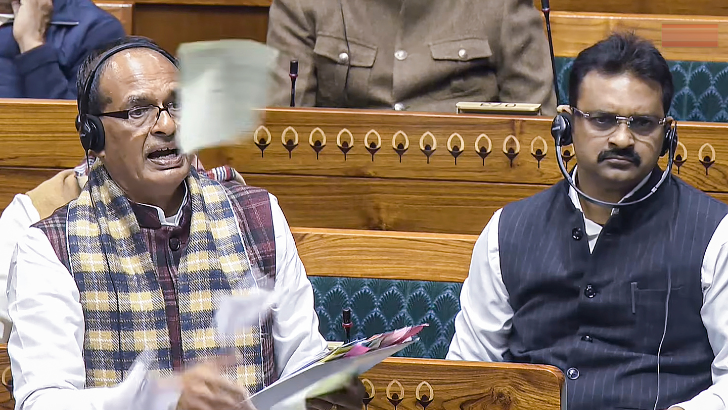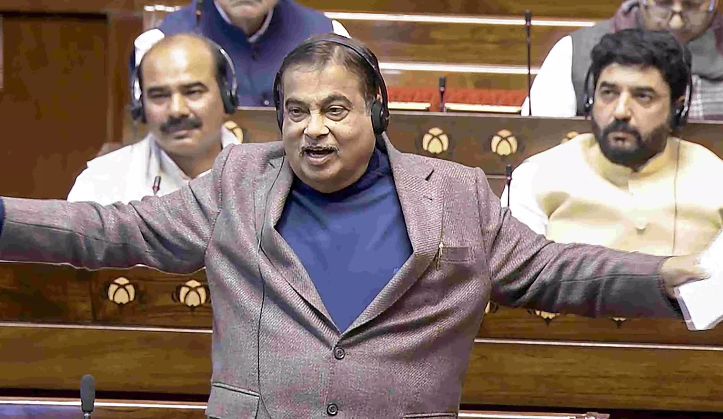Less than 50 weapons fired by IAF forced Pakistan to call for ending conflict: Air Marshal Tiwari
Air Marshal Tiwari credited the IAF’s precision planning and execution for crippling key Pakistani military assets without causing collateral damage.
PTI
-
Photo | X @IAF_MCC
New Delhi, 30 Aug
Less than 50 weapons fired by the Indian Air Force at carefully chosen Pakistani military targets forced Islamabad by mid-day of 10 May to request the end of military hostilities, Vice Chief of the Air Staff Air Marshal Narmdeshwar Tiwari said on Saturday.
Air Marshal Tiwari, recounting the mission, said the IAF was able to achieve "complete domination" over the Pakistan military with the strikes that were carried out following Pakistan's attack on the intervening night of 9 and 10 May.
"I must tell you that it was a key takeaway for us that in less than 50 weapons, we were able to achieve complete domination. It has not happened before," Tiwari said at the NDTV Defence Summit.
The senior IAF officer, who played a key role in Operation Sindoor, said some of the Pakistan targets that were "taken out" in the course of the mission were not hit even during the 1971 war.
"We made every weapon count and that is a tacit acknowledgement of the capability of our planners and people who executed the missions," he said.
India launched Operation Sindoor on 7 May, targeting terrorist infrastructure in territories controlled by Pakistan in response to the Pahalgam terror attack.
The strikes triggered four days of intense clashes that ended with an understanding on stopping the military actions on 10 May.
The Vice Chief of Air Staff also elaborated on the sequence of events relating to Operation Sindoor and showed certain graphic details of India's response to the 22 April Pahalgam terror attack.
Air Marshal Tiwari said India was not willing to escalate the situation following its strikes on Pakistani terror infrastructure on the early morning of 7 May.
"We expected a response and still kept it calibrated, and we engaged only military targets. But when the main attack came on the night of 9-10 May, that was the time we decided that we needed to go and send the right message. We hit them pan-front," he said.
"There were targets which were taken out, which were not even taken out during the 1971 war. That is the kind of extent and damage to capability that we had caused to them," he said, adding that the IAF restricted its strikes to only military targets.
The senior IAF officer said the idea behind the strikes was to take out Pakistan's capability and send out the "right message".
He acknowledged that the use of such long-range vectors to hit enemy targets involves risks, but the IAF executed the mission with perfection.
"The precision targeting from this range is very, very essential as it is very risky because the longer the vector, you feel that there are more chances of collateral (damage)."
"But to the credit of our planners and the credit of people who executed the missions, we were able to take out each target precisely. We were able to ensure there was no collateral damage. This is not an easy game," he said.
"You may have a long-range vector, but the work that goes behind making that vector or that weapon hit a target accurately is actually an effort of the whole team, not only the pilots who fired them. There are a lot of people on the ground who make that happen," he said.
After the strikes at the terror infrastructure, India informed Pakistan that it does not want to escalate the situation and the strikes were aimed at terrorist bases.
But as Pakistan launched a military retaliation, India responded to it very strongly.
Leave a Reply
Your email address will not be published. Required fields are marked *










.png)


.png)
.png)
.png)

.png)
.jpg)

